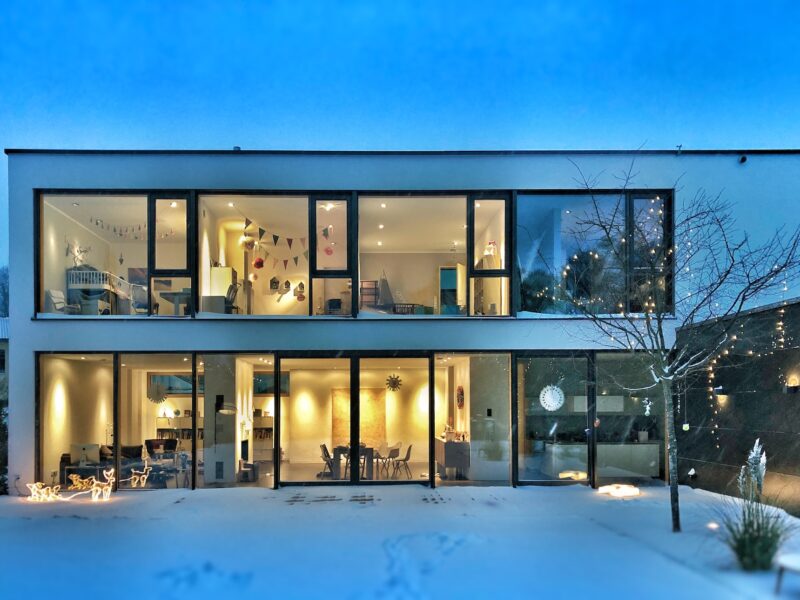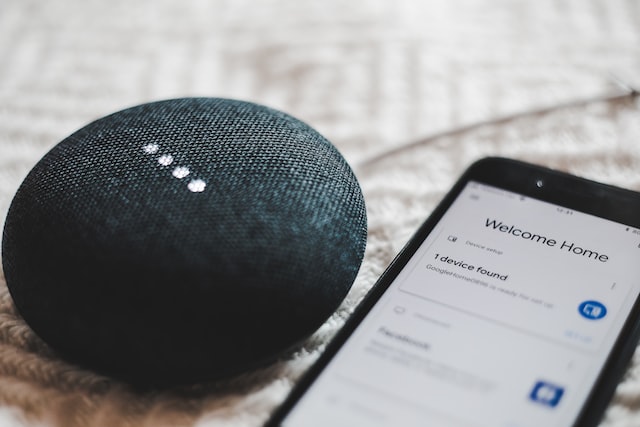Living in the modern world every day is becoming expensive. Utilities, gasoline, food, etc. are becoming more expensive every year. Therefore, scientists around the world are working hard for the past decades to develop new types and methods of alternative energy sources. Wind, sun, water, trash, and many other things are being used. Their efforts do not go in vain. Man has learned to generate gas from trash, and energy from wind and sunlight.
Many experts believe that the sun is one of the most powerful alternative natural energy sources. There are two types of installations for converting solar radiation using solar cells, which produce electric current immediately or heat water.
What is included in a solar panel system
- Solar panels. They come in a variety of capacities, so when you purchase them, you need to calculate how much power is needed to provide your home with electricity. Solar panels are assembled from photovoltaic cells, which, for private use, are usually made of silicon. They, in turn, are divided into monocrystalline and polycrystalline. Experts advise to buy the first type of photocells. Monocrystalline batteries have a higher efficiency (15%-20% more) and last longer than polycrystalline batteries. However, their price is also higher. Polycrystalline batteries, although cheaper, are very fragile and should be handled very carefully.
By the way, solar panels can be made with your own hands. You will need: wooden strips, metal corners, transparent glass, plywood, aluminum elements, EVA film, epoxy resin. From these components you can assemble a solar panel and connect it to the inverter and battery, and then to the home power grid. But if you are not friendly with a screwdriver, a hammer and electricity, it is better to buy a ready-made solar panel system and invite professionals to connect it.
- Inverters – current converters are network and stand-alone. The source of direct current for them are both solar and battery. Mains inverters are immediately connected to the battery and socket 220 W and adjusted to the voltage, pumping electricity from the battery into the network. There are some disadvantages with these devices, they can only work when there is voltage in the network, so they can not be considered as an alternative source of electricity, but rather as an additional. It is suitable if the house has normal electricity. But if there is no regular electricity in the house, then autonomous inverters connected to batteries are needed.
In addition, when using a grid inverter, the energy coming into the network should be used immediately, the electric meter will not spin. But if it is not used, it will be transmitted back to the mains. The meter will start spinning in the opposite direction. You can’t do that in our country. It is forbidden to sell such electricity, unlike in Europe. It is allowed there, so solar panels in private households are used everywhere. Many private homeowners with conventional power grid, put solar panels with a small capacity – 200 watts, which, including the inverter gives about 130-170 watts per hour. This is just the amount of energy their house can consume. Or buy standalone inverters and batteries for them to collect extra electricity for stock.
- batteries. People who have already purchased and are using solar panels note that the weakest link is not the panels themselves, but the batteries. They do not have a long life. If the solar panel is designed for 20-25 years, the battery 3-5. It is better to buy a gel battery. Its service life reaches 10 years, but it also costs several times more than normal.
- Controller. It is necessary to protect the battery from overcharging and boiling. There are several types of controllers: PWM or PWM – controllers provide stepped charging of the battery by switching between different modes of charge, which are selected automatically depending on the degree of battery discharge, MPPT controller – the most economical and modern way to organize the charging of the battery from solar panels. This type of controllers works on the computing technology, that is, at each moment it compares the voltage supplied from the solar panels with the voltage on the battery and chooses the optimal conversion to get the maximum charge of the battery.
According to people who have already managed to equip their homes with solar panels, solar panels are not profitable to put where there is already a conventional electrical wiring, as the cost of the system will not pay off soon. It is best installed where there is no electricity at all. And it remains one of the available alternative sources of energy. The average payback period of the system is 3-5 years.


